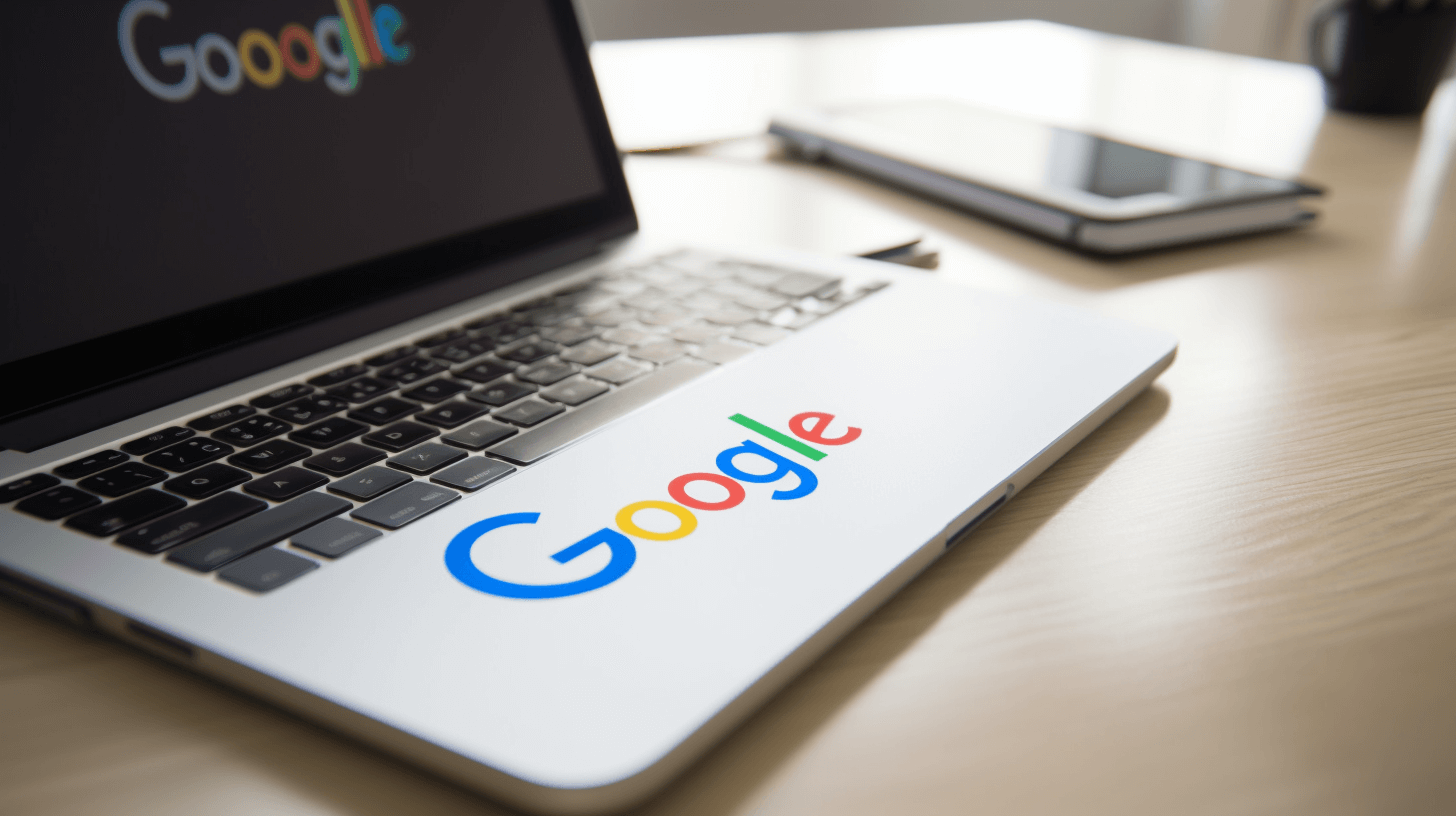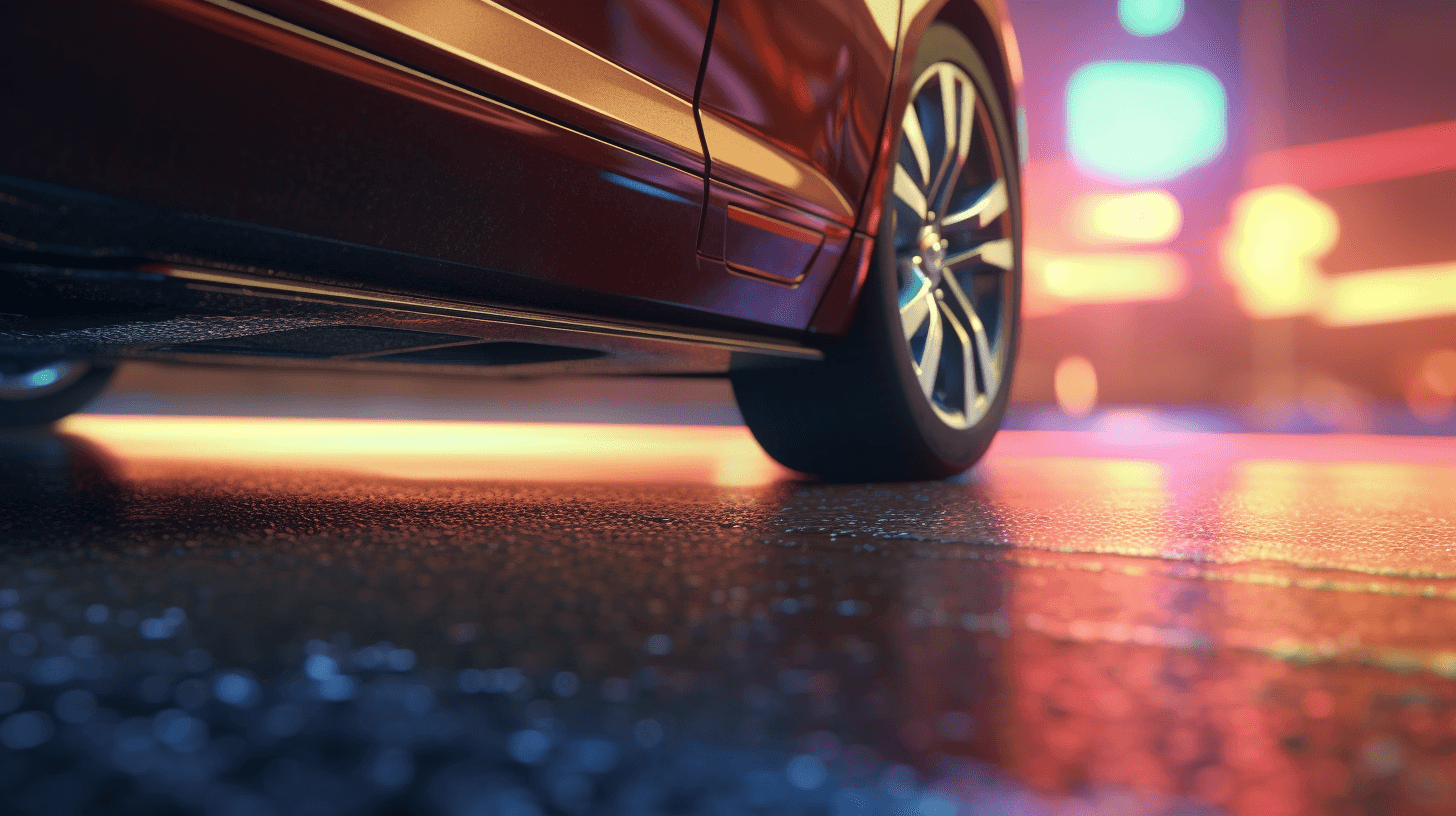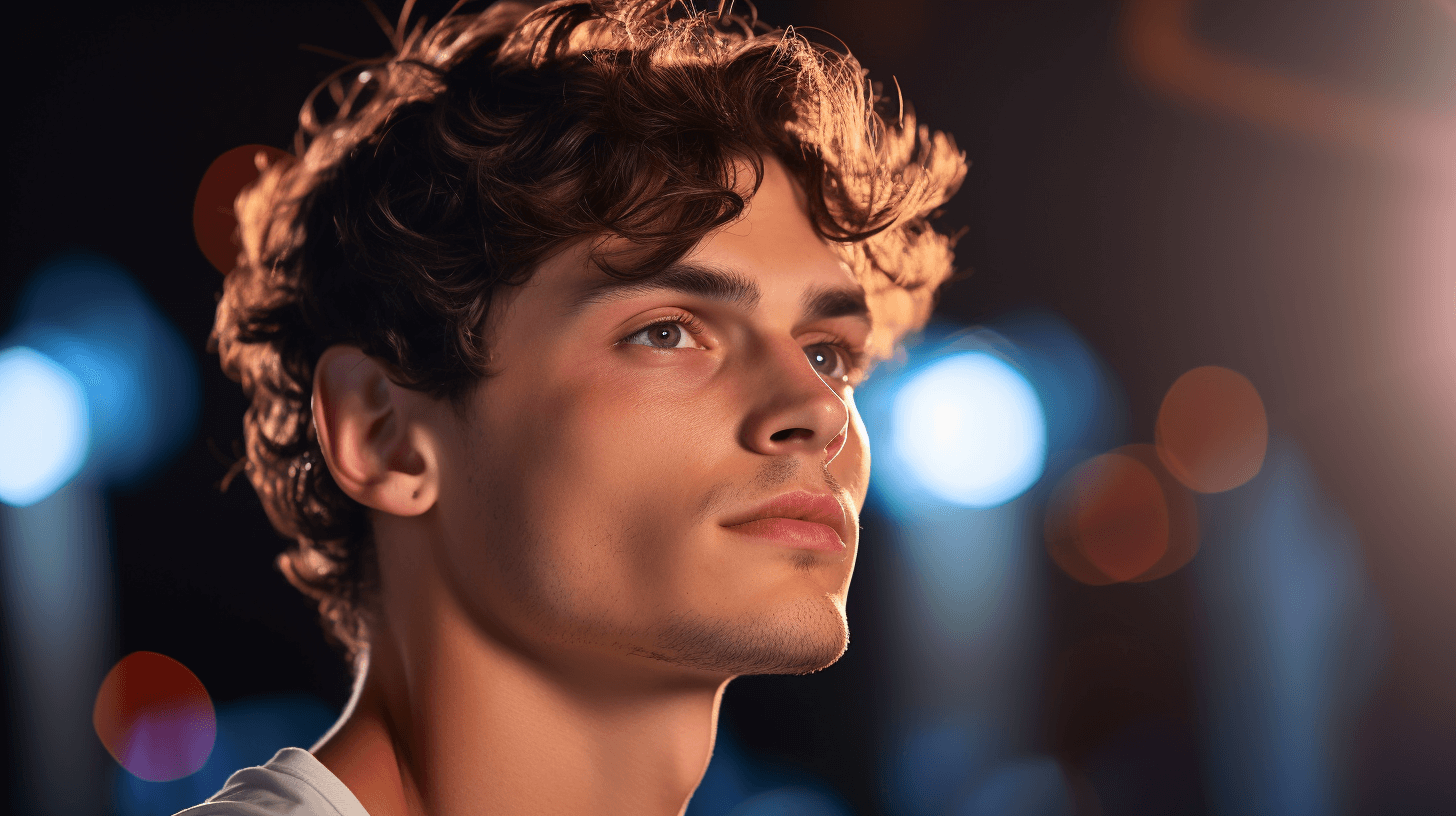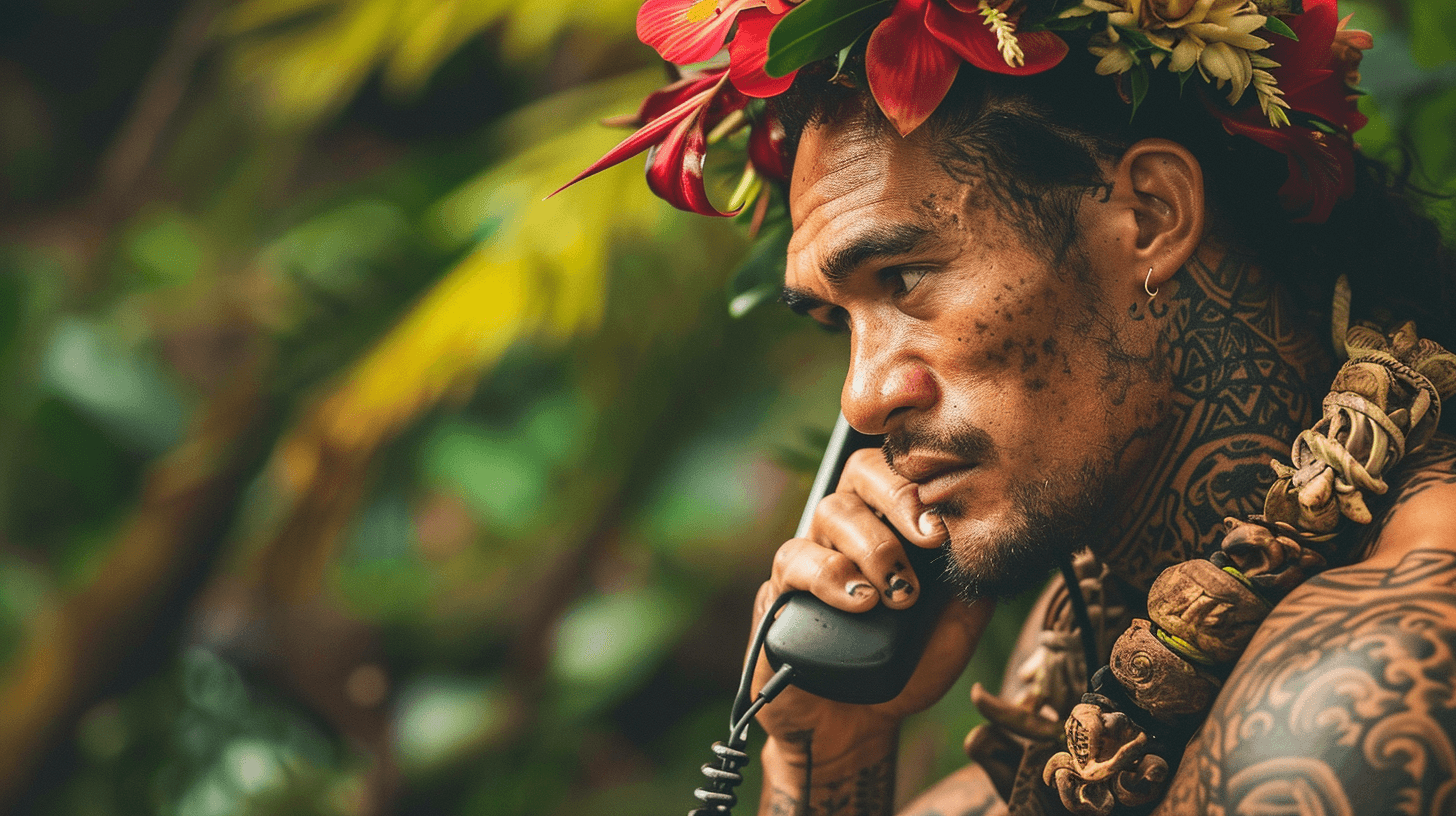📸🤖💡 Ka Ho’ohana A.I. Fo’ Edit an’ Spit Out Nani Photos
Aloha! Mahalo fo’ coming back to On Tech: A.I., our kine newsletter fo’ show you all kine stuffs ’bout artificial intelligence, how um work, an’ how fo’ use um. 💌🤖💻
Las’ week, we wen talk story ’bout da golden prompts fo’ getting da bestest answers from chatbots like ChatGPT, Bing an’ Bard. Now dat you know da basics ’bout how fo’ talk to A.I. — da more specific an’ detailed you talk, da better da answers — we goin’ talk story ’bout one different kine thing. 🤖💬📚
Plenny talk story an’ worry ’bout generative A.I. wen focus on text. But get all kine new an’ exciting developments in systems dat can spit out images. In plenty cases, these systems work kinda da same as da text-based generative A.I., but sometimes they even mo’ weird — an’ they good fo’ making all kine fun an’ creative stuffs. 🖼️🤪🎨
Da image generators get trained on billions of photos, so they can make new kine art dat only painters an’ artists wen make befo’. Sometimes da experts no can tell da difference between A.I.-created images an’ real photos (dis wen cause all kine wrong information spread around, but also get plenny fun creations). An’ these tools already changing how da creative professionals do their jobs. 🖌️📸🤯
If you compare um to products like ChatGPT, image generating A.I. tools not as advanced. You gotta jump through mo’ hoops, an’ might need fo’ spend small kine money. But if you like learn da ropes, no mo’ better time fo’ start. 🎨🤖💰
A.I. Photoshop Las’ week, Adobe wen add one generative A.I. feature to da beta version of Photoshop, their super famous graphics software. Creators all over social media, like TikTok and Instagram, been all excited ’bout it. 📸🖥️🎉
I get choke experience with Photoshop. When I wen test da new feature, called “generative fill,” I was stoked how fast an’ good da A.I. wen do stuffs dat would have taken me at least one hour to do by myself. In less than five minutes an’ with only few clicks, I used da feature fo’ take out objects, add objects an’ change backgrounds. 🕐🖱️💨
(If you like try these tools, start by signing up fo’ one free trial of Adobe Creative Suite. Then, install da new Adobe Photoshop beta, which get da generative fill.) 📥💻🆓
Once you get Photoshop beta installed, bring in one photo an’ try these tricks:
Fo’ change a background, click da “object selection” icon (get one arrow pointed at one box), then unda da Select menu, click “inverse” to select da background. Next click da “generative fill” box an’ type in one prompt — or leave um blank to let Photoshop come up with one new background concept fo’ you. 🖱️⬆️📦
I wen use these steps fo’ edit one photo of my corgi, Max. I typed “kennel” fo’ da prompt, an’ clicked “generate” to change da background. Check out da befo’ an’ afta. 🐕📸🔄
Fo’ remove objects, use da lasso tool. In this photo of my motorcycle, I like erase one tractor behind one fence in da background. I traced around da tractor, an’ then I clicked da “generative fill” box an’ hit “generate” without typing one prompt. Da software wen take out da tractor an’ fill in da background, but left da fence. 🏍️🚜📵
Da photo editors at The New York Times no enhance or change photos, or generate images using artificial intelligence. But afta I wen test da generative fill, I wen start fo’ tink dat photo editors working in other contexts, like marketing, might be soon out of work. But when I wen share dis theory with Adobe’s chief technology officer, Ely Greenfield, he said dat it might make photo editing more easy fo’ everybody, but he still believe dat we need humans. 🗞️📸🚫
He said, “I can make really pretty images with it, but honestly, I still make boring images. When I look at the stuffs artists create when you give this to them compared to what I make, their stuffs more interesting because they know how fo’ tell one story.” 🎨👀📖
I gotta admit dat what I wen do with generative fill not as exciting as what others been posting on social media. Lorenzo Green, who tweets about A.I., wen post one collage of famous album covers, including Michael Jackson’s “Thriller” and Adele’s “21” dat were expanded with generative fill. Da results was kinda entertaining. 🎵📸😂
(One note: If installing Photoshop seem like too much, one quicker way fo’ test Adobe’s A.I. is fo’ visit the Adobe Firefly website. Ova there, you can open the generative fill tool, upload an image an’ click the “add” tool to trace around one subject, like a dog. Then click “background” and type in a prompt like “beach.”) 🖱️🌐🐶
More Image Generators Tools like DALL-E and Midjourney can create totally new images in just few seconds. They work kinda same as chatbots: You type in a text prompt — da more specific, da better. 🖥️🤖🔮
Fo’ write one good prompt, start with da medium you like copy, then da subject an’ any extra details. For example, if you type “a photograph of a strawberry house ” in da DALL-E prompt box, it will spit out something like this: 💡🏠🍓
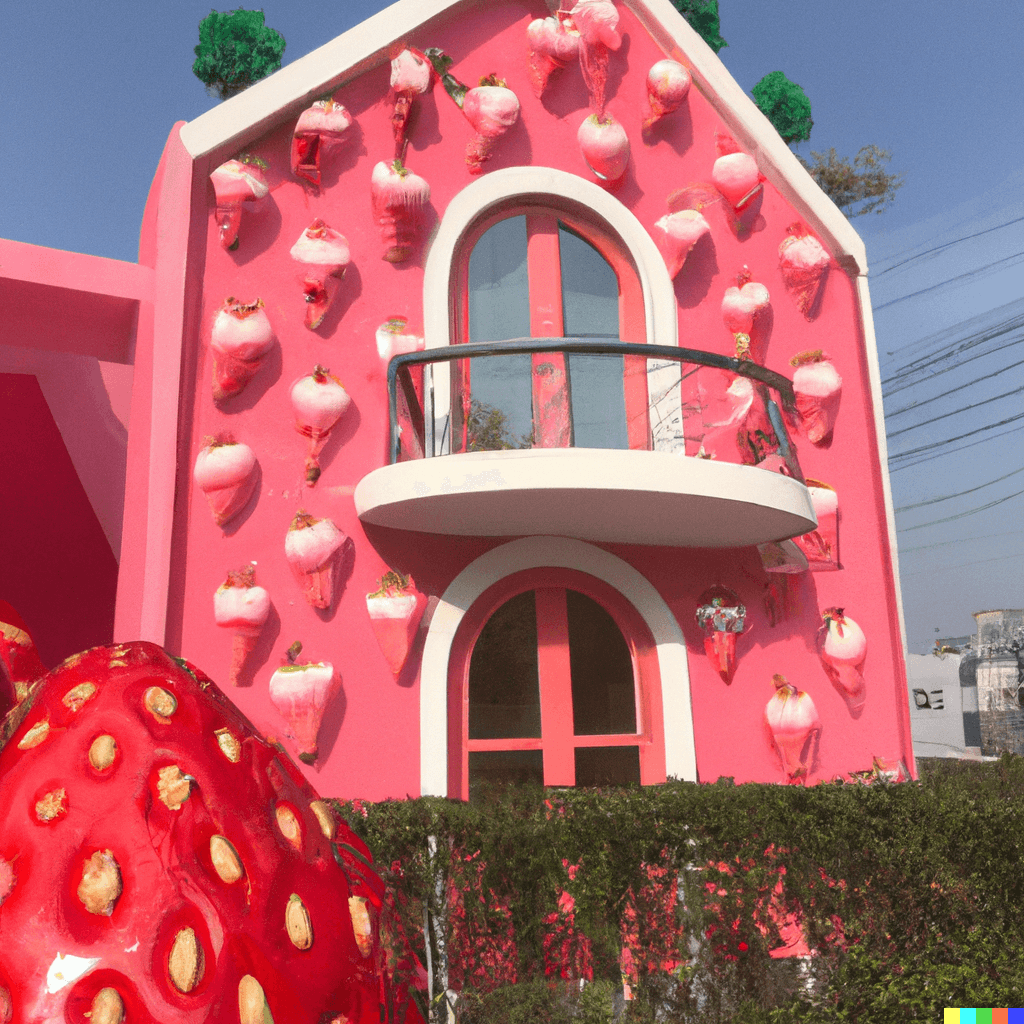
DALL-E, which is owned by Open AI, da maker of ChatGPT, was one of the first A.I. image generators dat was easy fo’ people fo’ use. For $15, you get 115 credits; one credit can be used to generate one set of four images. 🖼️💰🎁
Midjourney, one oddah popular image generator, still getting worked on, so da user experience not as smooth. The service costs $10 a month, an’ typing prompts can be little more complicated, ’cause you gotta join one separate messaging app, Discord. Still yet, the project can create super good, realistic images. 📸🛠️🔮
Fo’ use um, join Discord an’ then ask fo’ one invite to the Midjourney server. Afta you join the server, inside the chat box, type “/imagine” followed by a prompt. I typed “/imagine teenage mutant ninja turtles shopping: 🐢
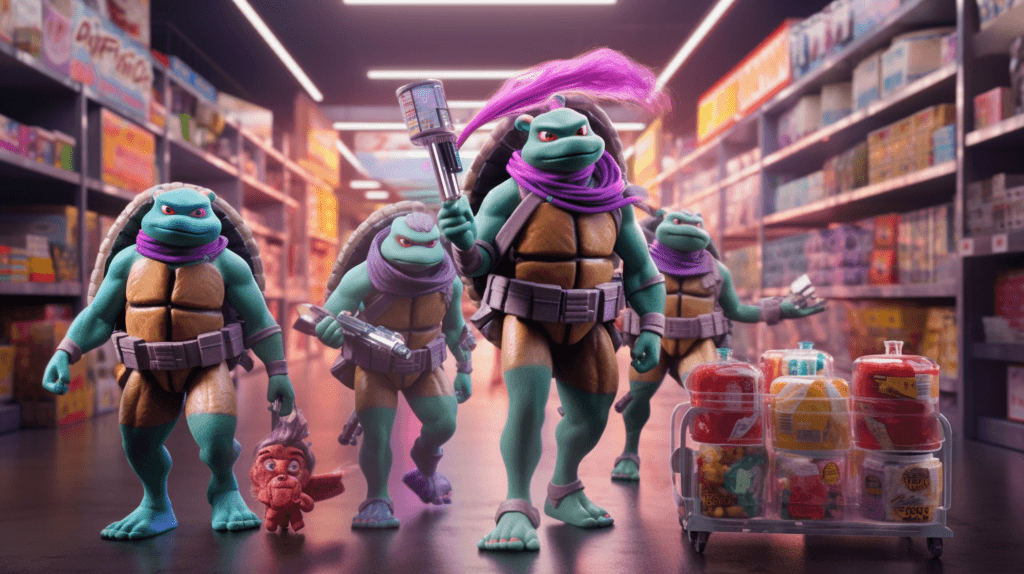
Even though is fine fo’ type in one simple request, some peeps wen find obscure prompts dat wen generate super cool results (Beebom, one tech blog, get one list of examples). At Columbia University, Lance Weiler teaching students how fo’ use A.I., including Midjourney, fo’ make art. 🎨📚🖼️
No matter which tool you use, rememba dat is up to you fo’ use dis tech responsibly. Some tech guys warn dat image generators can make da spread of deepfakes an’ wrong information mo’ easy. But you can also use the tools in good an’ helpful ways, like making family photos look better an’ thinking up new art ideas. 🖥️⚠️🌈
Next week, I going share some tips on how fo’ use A.I. fo’ make office jobs faster, like coming up with talking points an’ making presentation slides. 📈📊💼
And jus’ in case you wondering, da super awesome image at da top of this newsletter wen get made by one human — da illustrator Charles Desmarais — not by an A.I. 🎨👨🎨👏”
NOW IN ENGLISH
📸🤖💡The Use of A.I. for Editing and Generating Beautiful Photos
Aloha! Thank you for returning to On Tech: A.I., our newsletter that showcases various aspects of artificial intelligence, how it works, and how to utilize it. 💌🤖💻
Last week, we discussed the golden prompts for obtaining the best responses from chatbots like ChatGPT, Bing, and Bard. Now that you understand the fundamentals of interacting with A.I.—the more specific and detailed your input, the better the responses—we will delve into a different topic. 🤖💬📚
Many discussions and concerns surrounding generative A.I. have primarily focused on text. However, there have been exciting developments in systems capable of generating images. In many cases, these systems operate similarly to text-based generative A.I., but sometimes their outcomes are even more peculiar, leading to the creation of various fun and creative content. 🖼️🤪🎨
These image generators are trained on billions of photos, enabling them to produce novel artwork that was previously exclusive to painters and artists. On occasion, experts are unable to distinguish between A.I.-generated images and genuine photographs (which has caused some misinformation but has also led to many enjoyable creations). Moreover, these tools are already revolutionizing the work of creative professionals. 🖌️📸🤯
In comparison to products like ChatGPT, image-generating A.I. tools are not as advanced. They require more effort and might involve some monetary investment. However, if you are interested in learning the ropes, there has never been a better time to start. 🎨🤖💰
A.I. Photoshop
Last week, Adobe added a generative A.I. feature to the beta version of Photoshop, their highly renowned graphics software. Content creators across social media platforms, such as TikTok and Instagram, have been enthusiastic about this addition. 📸🖥️🎉
I have extensive experience with Photoshop. When I tested the new feature, called “generative fill,” I was amazed at how quickly and effectively the A.I. performed tasks that would have taken me at least an hour to complete on my own. Within just a few minutes and a few clicks, I was able to remove objects, add new elements, and change backgrounds using this feature. 🕐🖱️💨
(If you want to try these tools, begin by signing up for a free trial of Adobe Creative Suite. Then, install the new Adobe Photoshop beta, which includes the generative fill feature.) 📥💻🆓
Once you have Photoshop beta installed, import a photo and try out these techniques:
To change the background, click the “object selection” icon (depicted by an arrow pointing at a box), then under the Select menu, choose “inverse” to select the background. Next, click the “generative fill” option and enter a prompt—or leave it blank to allow Photoshop to generate a new background concept for you. 🖱️⬆️📦
I used these steps to edit a photo of my corgi, Max. I typed “kennel” as the prompt and clicked “generate” to alter the background. Take a look at the before and after images. 🐕📸🔄
To remove objects, utilize the lasso tool. In a photo of my motorcycle, I wanted to erase a tractor in the background behind a fence. I traced around the tractor, clicked the “generative fill” option, and hit “generate” without providing a prompt. The software removed the tractor and filled in the background while leaving the fence intact. 🏍️🚜📵
At The New York Times, photo editors do not enhance or manipulate photos, nor do they employ artificial intelligence to generate images. However, after experimenting with the generative fill feature, I began to consider the possibility that photo editors working in other contexts, such as marketing, might soon face unemployment. When I shared this theory with Adobe’s chief technology officer, Ely Greenfield, he acknowledged that the tool could make photo editing easier for everyone but emphasized the continued need for human involvement. 🗞️📸🚫
He stated, “I can create really beautiful images with it, but honestly, my creations tend to be dull. When I observe the artwork produced by artists using this tool compared to what I create, their work is more intriguing because they know how to tell a story.” 🎨👀📖
I must admit that my experience with generative fill was not as captivating as what others have been sharing on social media. For instance, Lorenzo Green, an individual who frequently tweets about A.I., posted a collage of famous album covers, including Michael Jackson’s “Thriller” and Adele’s “21,” expanded using generative fill. The results were quite entertaining. 🎵📸😂
(One note: If installing Photoshop seems cumbersome, a quicker way to test Adobe’s A.I. is to visit the Adobe Firefly website. There, you can access the generative fill tool, upload an image, and use the “add” tool to trace around a subject, such as a dog. Then, click “background” and enter a prompt like “beach.”) 🖱️🌐🐶
More Image Generators
Tools like DALL-E and Midjourney can create entirely new images within seconds. They operate similarly to chatbots: You input a text prompt—the more specific, the better the results. 🖥️🤖🔮
To craft an effective prompt, begin with the medium you want to replicate, followed by the subject and any additional details. For example, typing “a photograph a strawberry house” in the DALL-E prompt box would yield something like this:💡🏠🍓

DALL-E, owned by OpenAI—the creator of ChatGPT—was one of the first user-friendly A.I. image generators. For $15, you receive 115 credits, with each credit allowing you to generate a set of four images. 🖼️💰🎁
Midjourney, another popular image generator, is still a work in progress, so the user experience is not as seamless. The service costs $10 per month, and the prompt input can be slightly more complex, as you need to join a separate messaging app, Discord. Nonetheless, the project is capable of producing highly realistic images. 📸🛠️🔮
To utilize Midjourney, join Discord and request an invitation to the Midjourney server. Once you’ve joined, type “/imagine” followed by a prompt in the chat box. For instance, I typed “/imagine transformers dressed in gucci outfits on a runway in morroco : 🤖🚗🚁
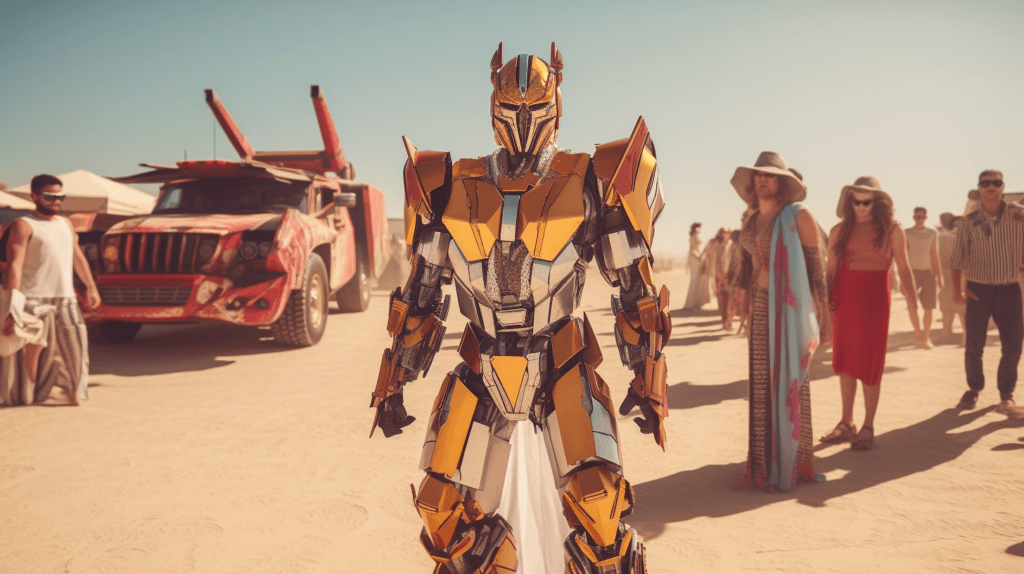
While it is perfectly fine to submit simple requests, some individuals have discovered that using obscure prompts can yield exceptionally cool results (Beebom, a tech blog, has a list of examples). At Columbia University, Lance Weiler teaches students how to use A.I., including Midjourney, to create art. 🎨📚🖼️
Regardless of the tool you choose, remember to utilize this technology responsibly. Some experts caution that image generators can facilitate the spread of deepfakes and misinformation. However, these tools can also be used in positive and helpful ways, such as enhancing family photos or inspiring new artistic ideas. 🖥️⚠️🌈
Next week, I will share some tips on using A.I. to expedite office tasks, such as generating talking points and creating presentation slides. 📈📊💼
And just in case you were curious, the superb image featured at the top of this newsletter was created by a human artist—illustrator Charles Desmarais—and not by an A.I. 🎨👨🎨👏


